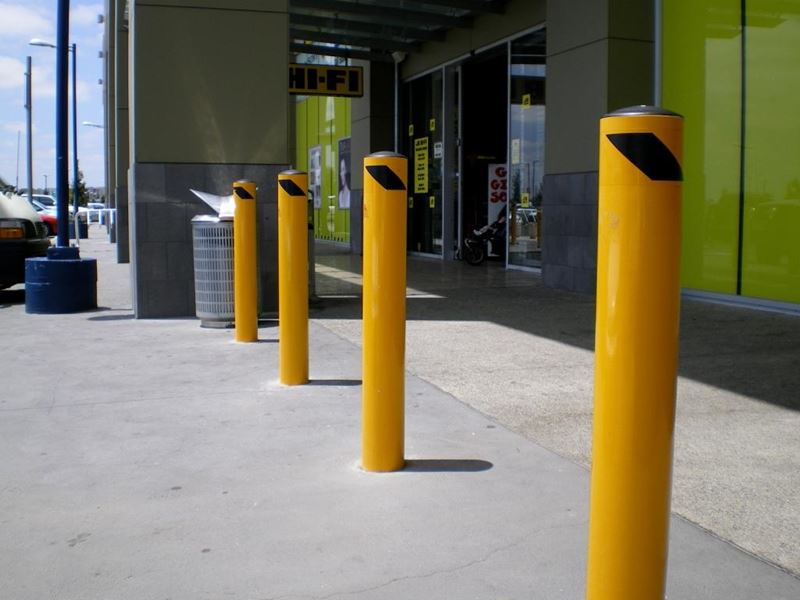Bollards come in varied varieties, each designed to meet particular capabilities and purposes. Here are some widespread forms of bollards:
1. Fixed Bollards:
Permanent Installation: Fixed bollards are put in completely into the ground and cannot be moved or retracted. They provide a everlasting barrier to manage car and pedestrian traffic.
Materials: They are sometimes manufactured from steel, concrete, or other sturdy supplies for durability and power.
2. Removable Bollards:
Temporary Access: Removable bollards are designed to be eliminated when short-term access is required. They can be taken out of their mounting socket to permit authorized vehicles to cross.
Applications: Commonly utilized in areas where occasional entry is required, corresponding to driveways or emergency car entrances.
3. Retractable or Telescopic Bollards:
Automated Control: Retractable bollards may be raised or lowered as wanted. They are typically controlled electronically or hydraulically.
Access Control: Often utilized in high-security areas where controlled access is necessary, similar to authorities buildings or sensitive facilities.
4. Flexible Bollards:
Bendable Material: Flexible bollards are produced from supplies like rubber or plastic and can bend upon impression. They are designed to absorb minor collisions without causing harm to autos or the bollard itself.
Applications: Used in areas where low-speed impacts are possible, corresponding to parking tons, bike lanes, or pedestrian zones.
5. Decorative Bollards:
Aesthetic Design: Decorative bollards are designed with aesthetic options to enhance the visual attraction of public areas. They are available in various shapes, sizes, and finishes to complement the surrounding structure or landscape.
Applications: Commonly used in urban environments, parks, and historical districts to supply traffic control whereas enhancing the area's aesthetics.

6. Lighted Bollards:
Built-in Lighting: Lighted bollards have built-in LED lights for illumination. They serve a twin function by offering both visibility and aesthetic enchantment.
Applications: Used in pathways, parks, and public areas to supply lighting whereas additionally appearing as a barrier or guiding pedestrians.
7. Great site :
Anti-Ram Protection: Security bollards are designed to face up to high-impact forces, offering safety in opposition to vehicle-ramming attacks.
Certified Standards: Some safety bollards are crash-tested and certified to particular international standards to ensure their effectiveness against hostile car attacks.
eight. Traffic Bollards:
Traffic Control: Traffic bollards are used to regulate vehicular visitors move, mark lanes, and prevent autos from entering specific areas.
Reflective Strips: Many site visitors bollards are geared up with reflective strips for elevated visibility, especially throughout nighttime.
9. Maritime Bollards:
Dock and Harbor Use: Maritime bollards are utilized in ports and docks for mooring ships and boats. They are designed to face up to the forces exerted by vessels throughout docking.
Fixed or Removable: Maritime bollards can be mounted or detachable, relying on the specific requirements of the port or dock.
Each type of bollard is designed to meet specific wants, offering options for site visitors administration, safety, aesthetics, and safety in numerous environments. The alternative of bollard kind is dependent upon the precise application and the extent of functionality required..
